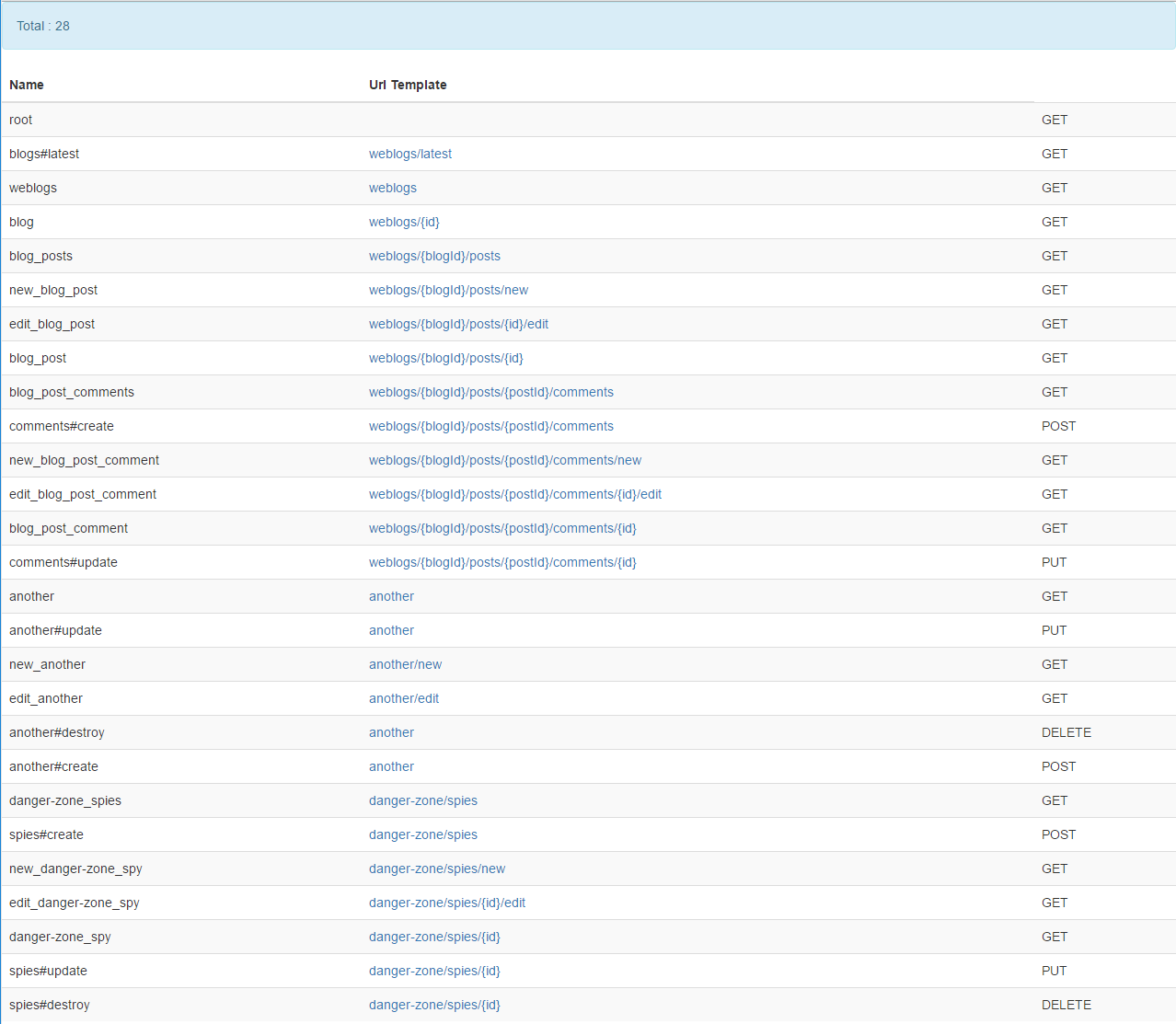Get Registered Routes From An ASP.NET MVC Core Application
I will start this post off by saying this may not be the best way to get the routes from your ASP.NET Core MVC web application. I am hoping there is a better way, but my current knowledge has led me to this answer. Given you have registered your routes, regardless of method, you should have a RouteCollection buried somewhere deep in your running application instance.
The RouteCollection is a member of the RouterMiddleware that ASP.NET Core uses to determine whether the current request is a match. For good reason, the member is private and passed to you via RouteData.
// from RouterMiddleware.Invoke
RouteContext context = new RouteContext(httpContext);
context.RouteData.Routers.Add(this._router);
Understanding what is happening inside of the RouterMiddleware, we should be able to access the router from our MVC Controller. We want the first router that is of type RouteCollection.
var routes = RouteData
.Routers
.OfType<RouteCollection>()
.FirstOrDefault();
The final step is to display the output in your view.
 {: .img-fluid}
{: .img-fluid}
Hope this post helps you debug your routing issues in ASP.NET Core.






